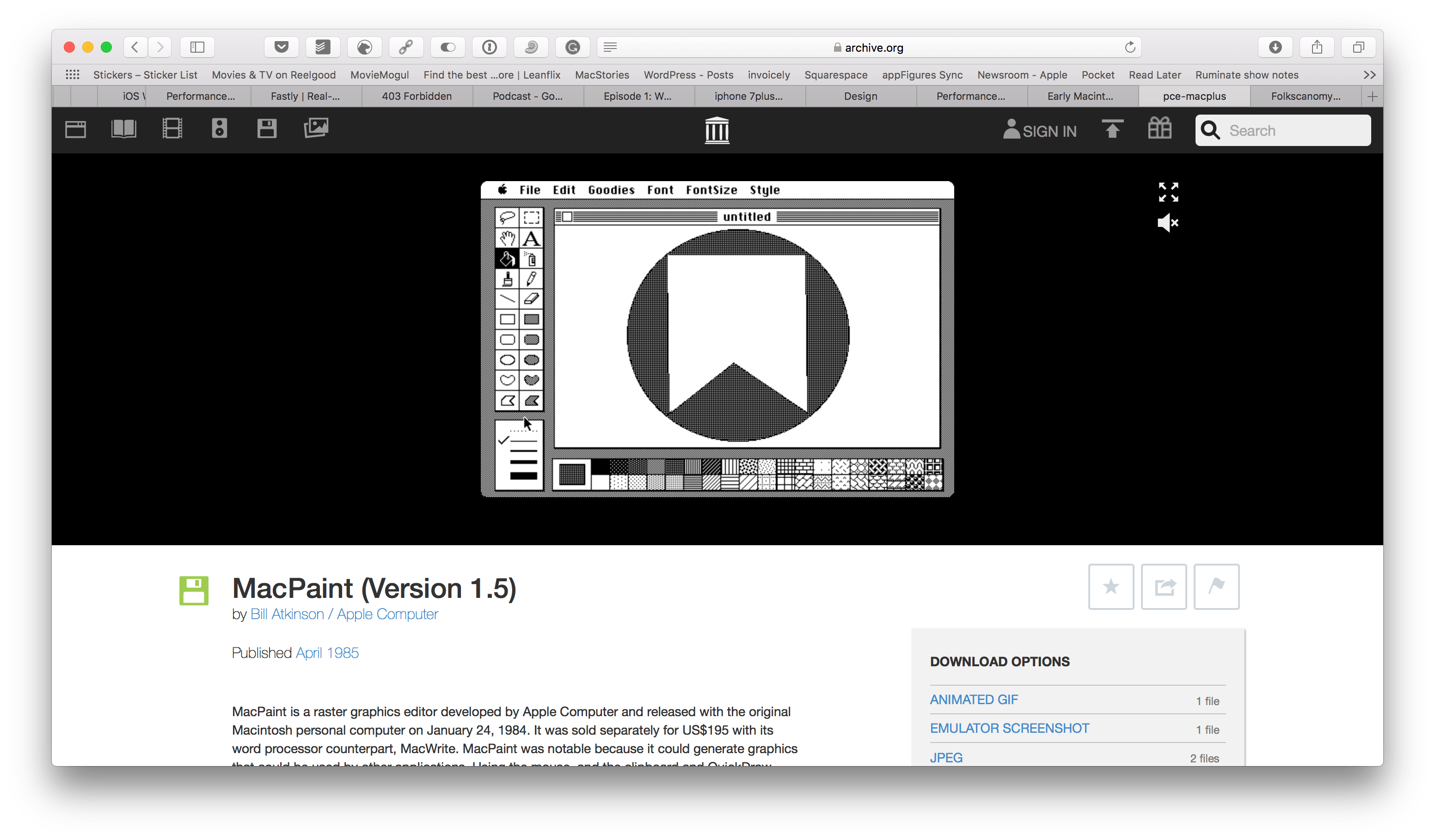

- #CLASSIC MAC EMULATOR ZIP DOWNLOAD#
- #CLASSIC MAC EMULATOR ZIP FREE#
- #CLASSIC MAC EMULATOR ZIP WINDOWS#
Today, RetroArch has finally been released on Steam for both Windows and Linux/SteamOS. The next version of Lakka (with an updated RetroArch 1.9.10 version) is scheduled to be released very soon! Remember that this project exists for the benefit of our users, and that we Continue reading RetroArch finally released on Steam! If you’d like to learn more about upcoming releases, please consult our roadmap here. Looking forward you can expect regular updates Continue reading RetroArch 1.9.10 released! For a long time, we have manually released everything on the Steam, this has now been automated for both platforms. Right now, we need to make some changes for the Linux platform. Hello everyone! We have been busy working on the Steam version to improve compatibility and stability. Continue reading RetroArch Steam – Important information for Linux users This version is based on the latest RetroArch version, 1.9.10 (see here). Lakka 3.5 has just been released! To learn more, check out this article on our sister site here. For comments, questions, and suggestions, please visit the original forum post at. You can use the cool emulator at to prepare your disks on a PC, and then copy them to your ODROID-GO. You can use up to 4 disk images (each 20 MB maximum size) at the same time.
#CLASSIC MAC EMULATOR ZIP FREE#
#CLASSIC MAC EMULATOR ZIP DOWNLOAD#
If you just want to emulate one platform, you can download a single emulator from here. Emu Paradise maintains a collection of Mac-compatible emulators you can explore.

mac_hd.raw => You can create this file using mess0161b by following the instructions from Spritemod at.To use it, you need to copy two files to a folder called "/roms/macplus" in the root directory of the SD card: You can find my adaptation at, with an FW release available at. For fans of the Macintosh Plus, there is now a way to run an emulator on the ODROID-GO! Based on the work from, this project leverages the fact that both the original project and the GO use an ESP32 microcontroller.


 0 kommentar(er)
0 kommentar(er)
